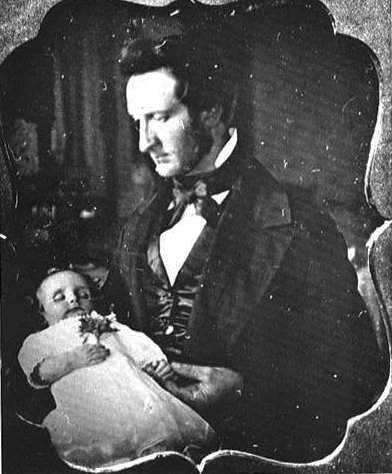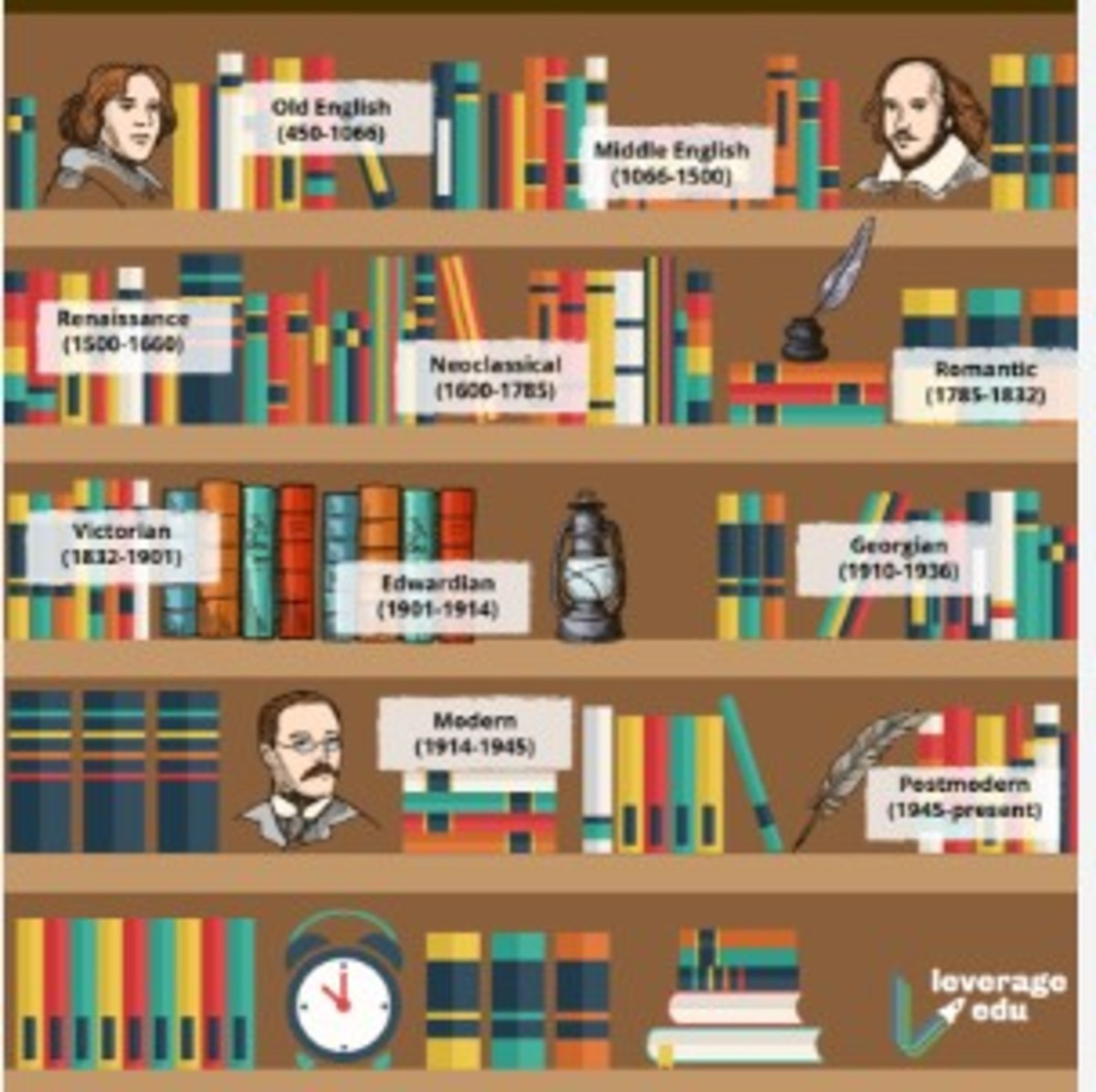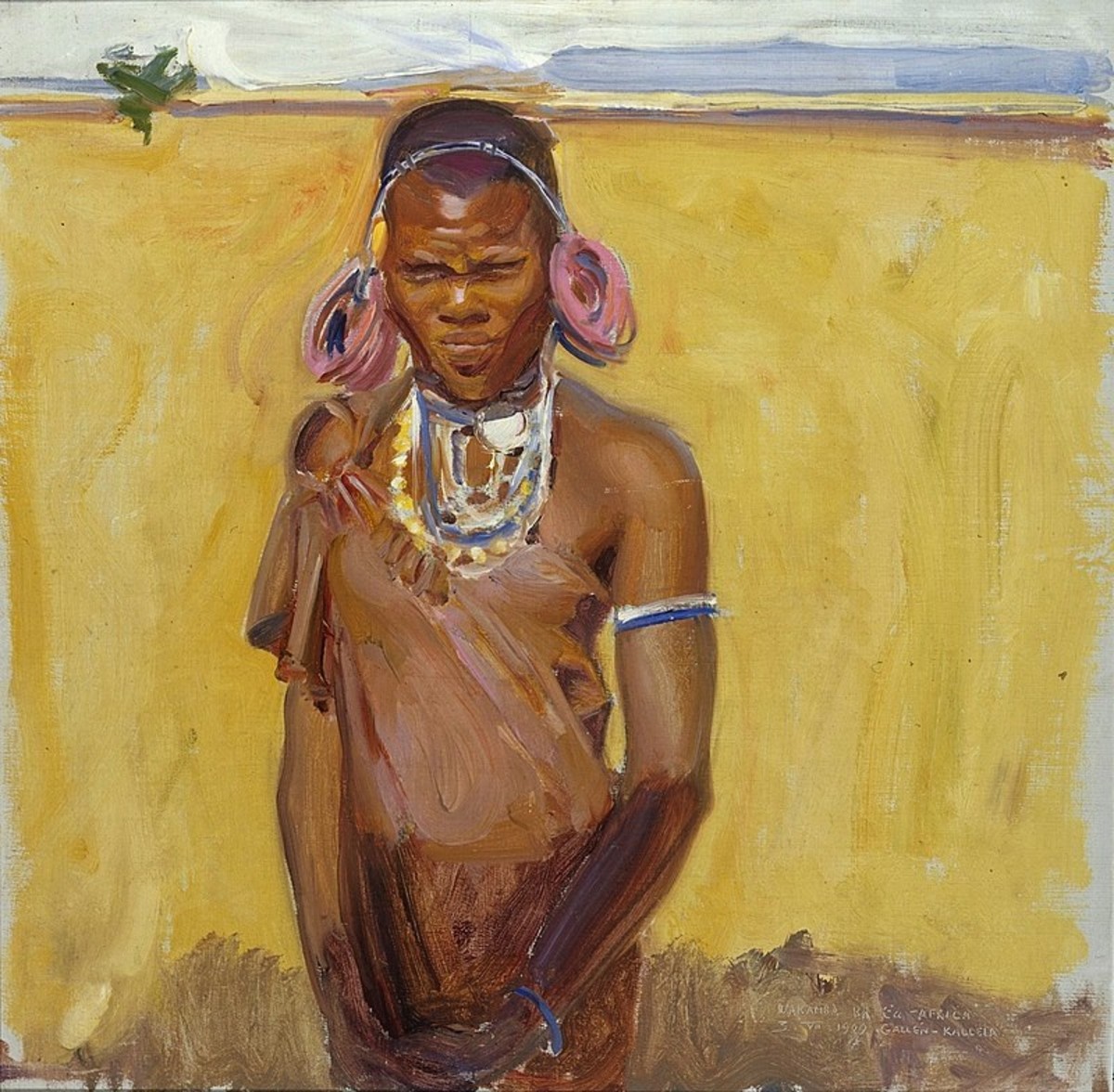Infanticide

Pro-life crusaders speak of an "Abortion Holocaust" in the United States in the years since Roe vs. Wade legalized abortion on this country.
But what happens in a world where abortion is illegal? The past gives us clues.
In a world with little birth control and less abortion, infanticide rates jump. In fact, infanticide was so common and accepted throughout most of human history that in many regions it was not even considered a crime until the Victorian era.
Today, infanticide remains a major problem in areas with poor access to birth control and abortion, particularly for girl babies in rural India and China.
Ancient Infanticide
Infanticide was routine in Ancient Greece and Rome. It was particularly common for babies born with any kind of birth defect or other medical problem, and for babies born out of wedlock. Girls were also frequent victims. In Delphi in 200 BC, only 1% of the 6,000 families living in the city had more than one daughter.
Although infanticide became a crime punishable by death in the later Roman Empire (following its conversion to Christianity), at the height of Rome's power historians estimate that 20-40% of all babies were exposed. Many died, others were taken by procurers to be raised and sold into slavery or prostitution.

Medieval and Renaissance Infanticide
Although sex-selective infanticide has been comparatively rare in Western society since the rise of Christianity, poverty and the shame of illegitimacy continued to drive high infanticide rates. Infanticide is believed to have been the single most common crime of the Middle Ages and Renaissance. For a time during the Italian Renaissance, an estimated 50% of all babies were abandoned to die or be rescued by orphanages or procurers. Although church law prohibited infanticide, legislation was inconsistent at the state level, and prosecution was rare.
Many scholars believe that myths such as those of the changeling were created and spread partly in order to excuse or cover up infanticide. Changelings were believed to be fairy, elf, or troll children left in place of a stolen human child. The legends are characterized by stories of malformed or sickly children with ravenous appetites. Suspected changelings were subjected to "cures" of astonishing cruelty that often left the victim dead, and modern scholars believe that the accusation of changeling was often an excuse for a family to rid itself of unproductive members who consumed scarce resources during hard times.

Victorian Infanticide
Infanticide, generally by suffocation via the practice of "overlaying" or by deliberate abuse and neglect at the hands of "baby farmers," was so common in Victorian times that by the 1860s it was considered to be a crisis. Changes in social conditions had resulted in an explosion of illegitimate births starting around 1750, and by the early Victorian Era, about 1 in 3 babies were estimated to be illegitimate. Many of these babies were killed due to shame or poverty.
As a result of this crisis, the Victorian era was the first to put serious effort into reducing rates of infanticide. Numerous foundling houses were established during this period in an attempt to reduce the problem, and laws were strengthened and often applied for the first time. However, Victorian juries were often reluctant to apply capital punishment to women, so many cases continued to go unpunished or untried.
Female Infanticide in India
Modern Infanticide
In the West, infanticide is now something shocking and appalling. Child abuse is still a serious problem, and results in high mortality rates for infant victims, but it is relatively rare for a mother or father to kill an infant in cold blood simply because he or she isn't wanted.
In other countries, however, infanticide, particularly of female infants, is still a fact of life. In the 19th century, Indian families rarely had more than one daughter. Girl babies were routinely killed at birth by slitting their throats or drowning them in a pit of milk; many others were tossed into the Ganges for the sharks. These practices appalled the British rulers, but continued in secret after they were outlawed.
Female infanticide remains a serious problem in rural India today, while sex-selective abortion is common among the middle and upper classes in urban areas. Between 1991 and 2001, the female-male ratio in India dropped from 945 per 1000 to 927 per 1000. The ratio drops even lower once the first daughter is born, to 759 to 1000 for the second child if the first was a girl, and 719 to 1000 for a third child if the first two were both daughters. In some states, particularly Punjab and Haryana, the rates are even worse.
Conclusions
In times and places where abortion is illegal, babies still die, and often far more callously and cruelly than a fetus at the hands of an abortionist. They may be exposed, suffocated, garroted, beaten, drowned, choked, poisoned, starved, or denied medical care instead of aborted, but they still die.
The sanctity of life is a modern privilege that is possible, in large part, because of easy, legal access to abortion and birth control, which enables most babies to be wanted babies. The surest way to prevent the murder of innocent babies, in the womb or outside, is not to ban abortion, but to encourage easy, legal access to birth control and comprehensive sex education that teaches everybody how to use it.
Learn More About Infanticide Through History
- Infanticide - Wikipedia
Infanticide is the practice of someone intentionally causing the death of an infant. - History of Infanticide
Infanticide has been practiced on every continent and by people on every level of cultural complexity, from hunters and gatherers to high civilization, including our own ancestors. Rather than being an exception, then, it has been the rule. - Infanticide - Changing views of the nature of the child
Most societies agree that the drive to protect and nurture one's infant is a basic human trait. Yet infanticide has been an accepted practice for disposing of unwanted or deformed children since prehistoric times. - Understanding infanticide in context: mothers who kill, 1870-1930 and today
The path to understanding the terrible crime of infanticide, both in bygone eras and in our own, lies in examining the circumstances that shape the lives and realities of mothers.








